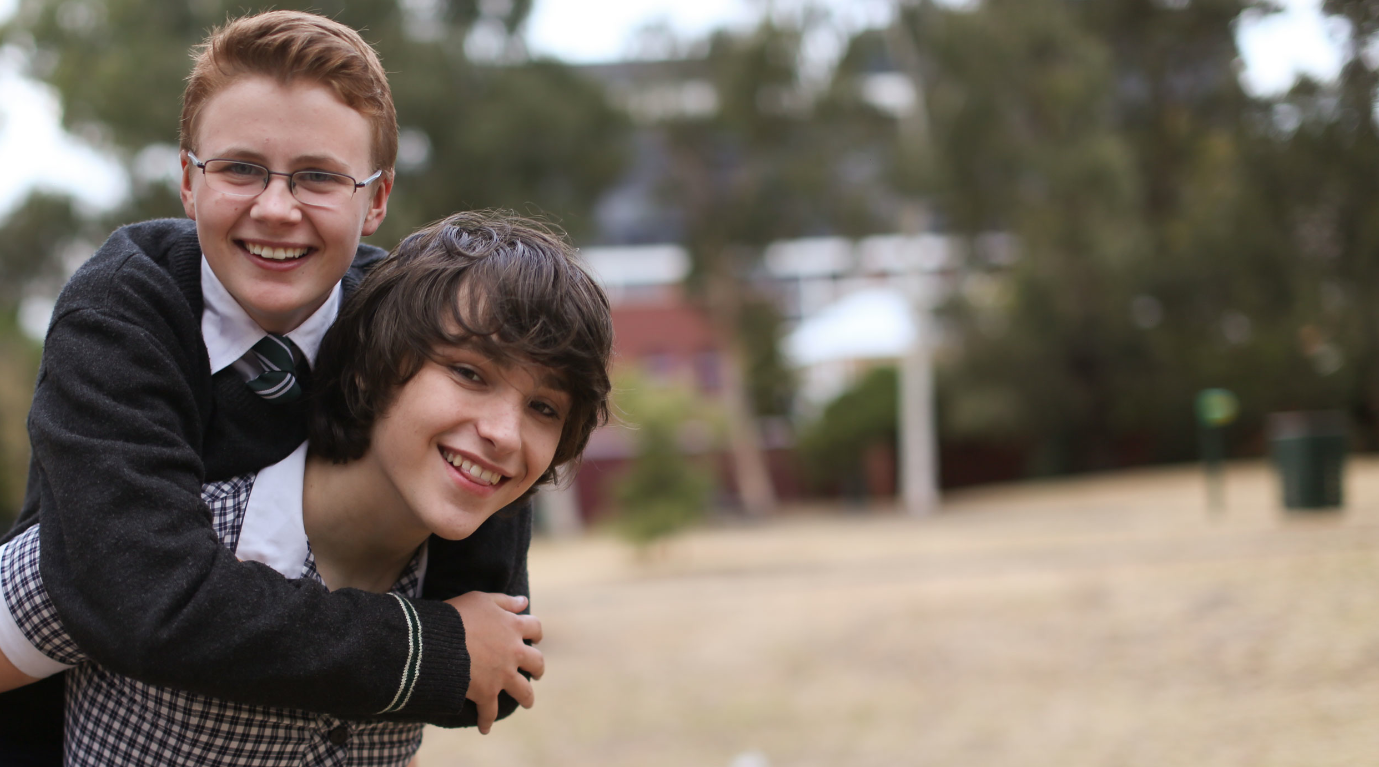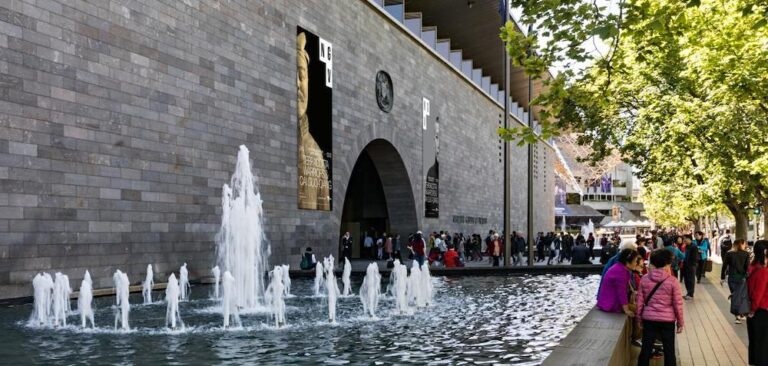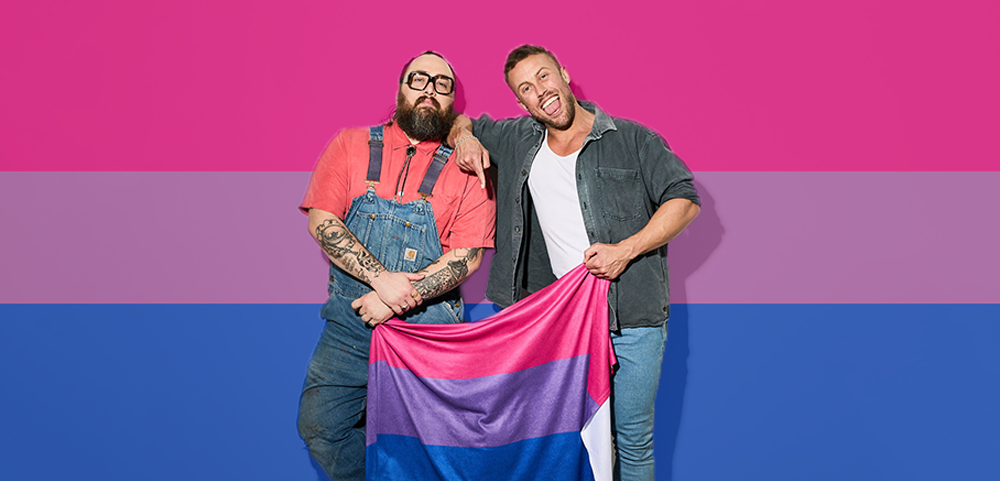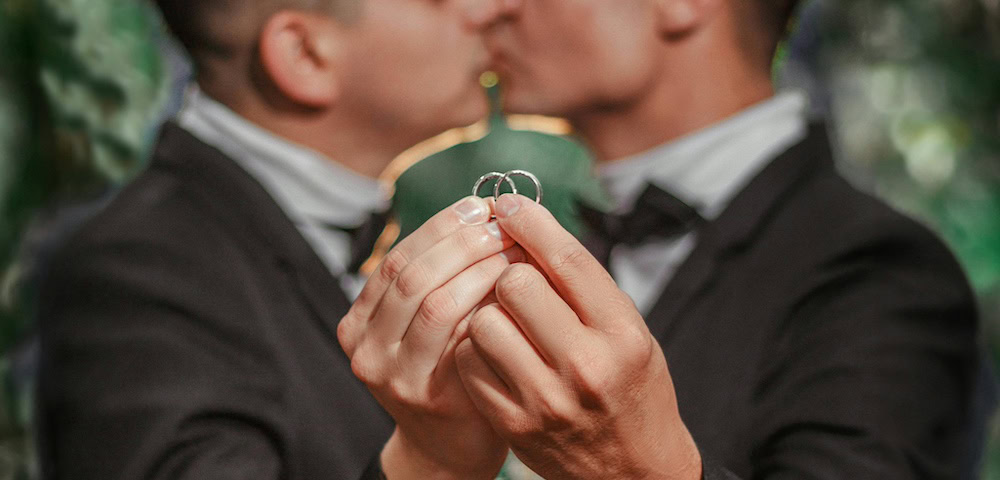
IDAHOT: It’s time to re-write the story

FOR too long a time, the dominant story has been that a person who is LGBTI or queer will confront significant adversity over the course of their lives.
Poorer health outcomes, pervasive discrimination, and a reduced quality of life is indeed, the reality experienced by so many people in our country and certainly around the world. However, this International Day Against Homophobia and Transphobia (IDAHOT), we must unite and demand that this reality no longer has a place in our society.
Of the many levers required to shift the status quo, perhaps the most urgent lies in improving the mental health and well-being of LGBTI young Australians. A statistic that is truly frightening is how there’s up to 14 times increased risk of suicide experienced by same-sex attracted and gender-diverse young people. And only as recent as a fortnight ago, research from Beyondblue brought to light the high levels of bullying in schools — over 50 per cent of young people surveyed had directly witnessed an act of homophobia that caused distress in another peer.
Many argue that life is the best that it’s ever been for LGBTI young people growing up in Australia, and perhaps aspects of this are true, but if these facts are anything to go by, it is still far from acceptable.
In the last 10 years, we have taken important and necessary steps to create change. Increasing support for schools to better combat homophobia, establishing safe spaces for LGBTI young people to come together and feel connected, and introducing mental health services that can meet the unique needs of a very diverse population.
However, if we are to make life a whole lot better for LGBTI young people, we have to think bigger and act bolder.
We need to consider what life means for a young person that may be same-sex attracted or gender diverse, while also grappling with questions of faith and culture. Often these intersections are made to feel incompatible, but with an Australian population of the diverse cultural backgrounds we need to shape better responses so young people do not to feel like they have to constantly conceal fundamental parts of who they are.
We should investigate at what point, and how, homophobic and transphobic attitudes emerge in young people. Given that crucial developments in language and attitude occur before a person turns 10, research highlights the importance of early intervention work with children and building their capacity to embrace diversity. We need to do so much more in this space.
We must paint an aspirational picture of what it means for a LGBTI young person to thrive in the community. Initiatives to better support young people in higher education, as they transition to the workforce, and in being able to lead and contribute across all aspects of community life, are key questions for now and into the future.
Equally as important is the ongoing work in reforming, and restoring confidence in the services that young people have often felt disenfranchised from. This is particularly important for schools and healthcare services, and for those living in rural and regional areas.
Most importantly, we are required to work at the core of where so many LGBTI young people still face significant challenges: in families. Especially with parents.
Even if a young person feels safe and welcome at school, or that they are able to work without fear of discrimination, home life remains immune to the policy safeguards that are present in some of those other spaces. As ironic as it may sound, the family unit can be quite an unsafe space for some same-sex attracted and gender-diverse young people. This is not new news, but the way forward must be different.
Necessarily so, much focus has been on the young person and in developing their ability to respond to stressful circumstances. But the paradigm must shift to one that also involves deliberate training for parents, siblings and other family members — examining their understandings, unpacking their beliefs, and equipping them with the skills to better support and respect their loved ones. The onus is on everyone in the home to build families of inclusivity and kindness.
Only such radical reforms will see a society where being LGBTI can be synonymous with notions of achievement and of good health — as it rightly should be.
I long for a time where IDAHOT is entirely and genuinely irrelevant. It would mean that the job is done, and that all young people are leading healthy and fulfilling lives.
But until such time, the work must continue.









You know what young bisexuals are also at risk of? Biphobia. And young trans* and genderqueer people? Transphobia. Minus18 needs to be better at inclusivity so that young bisexuals and trans* people feel welcomed as part of that organisation.
This year biphobia was included in IDAHOBIT – it’s time to change the story and work together.